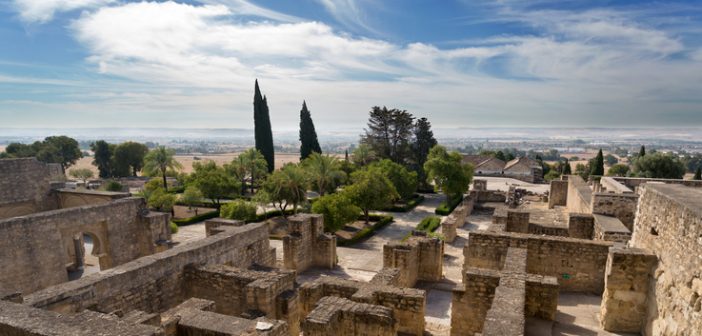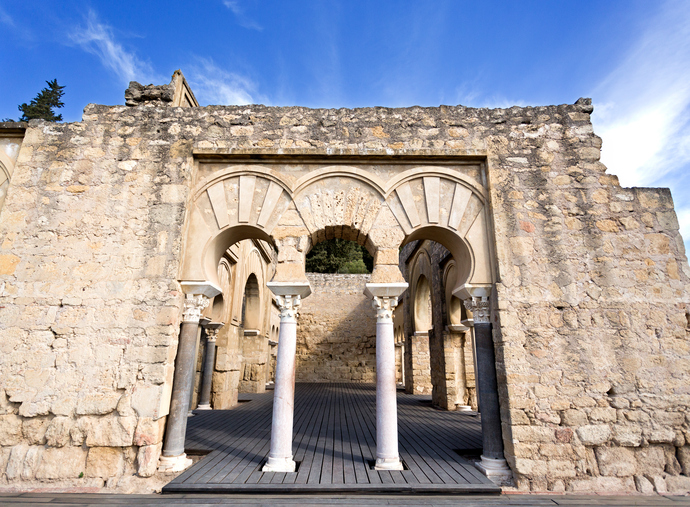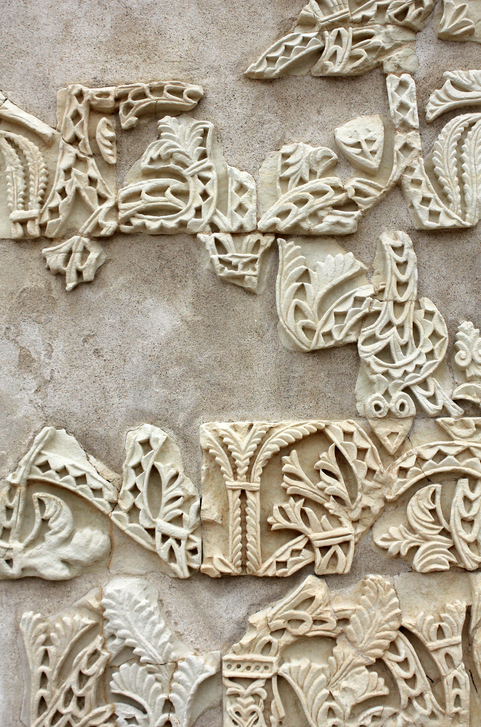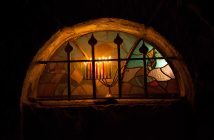Medina Azahara was already a well-known jewel of Arab architecture during its construction, and only seven years after the Caliphate of Cordoba was the de facto political, social and economic capital of Muslim Spain. Now, once again, all eyes are on Cordoba thanks to its recent recognition by UNESCO. The city currently has four World Heritage Sites.
The recognition is also a national distinction, as it now places Spain as the 3rd country in the world and 2nd in Europe with more certified sites (46), just behind China and Italy.
The shining city
Legend has it that the Abd-ar-Rahman III built the magical Arab city for his favourite concubine, Azahara, a Christian slave who never warmed to the place, and he then went on to build her a garden full of blossoming almond trees.
Aside from this little story, we now have more real facts about the site. Medina Azahara was built in 936 by Abd–ar-Rahman III, the first Caliph of Al-Andalus, who literally called it the shining city. Today, it’s shining brightly once again for Spanish tourism, with another of its impressive Arab monuments recognised by UNESCO.
Some history
Although Medina Azahara was to become the Caliph’s residence and the seat of government, the dazzling city and all its splendour were reduced to ruins less than a century after it was constructed and virtually forgotten about for almost 1000 years.
The political centre of the landmark city was destroyed and abandoned during the civil war in 1010, although the looting and pillaging continued with the Christian reconquest and the elitist surge in the Cordoba capital centuries later.
Many of the structural elements such as the capitals, column shafts and other beautiful material were re-used in emblematic buildings like the Giralda and the Alcázar de los Reyes Cristianos (Castle of the Christian Monarchs) in Seville, while other pieces disappeared into the hands of private collectors.
Although there were few historical references to the site, the Spanish archaeologist, Ricardo Velázquez Bosco decided to excavate the site sometime around 1911 as he was looking for building material and information on the Medina Azahara to reconstruct the facades of the Mosque-Cathedral in Cordoba
A few years later, in 1923, which was also the year Velázquez Bosco died, the archaeological site was declared a Property of Cultural Interest, and the royal residence in the upper part of the fortress was also excavated.
In 1985, after more than 65 years of excavations and nearly 200,000m2 of the site uncovered, the Regional Government of Andalusia took over the ownership and management of Medina Azahara and began to make improvements to the site to adapt it to modern day purposes with a museum, reception area and parking area.
A new perspective
The turning point in the internationalisation of Medina Azahara came about in 2011 with the “The Splendour of the Umayyad of Cordoba” exhibition which was opened by the King of Spain and the President of Syria, Bashar al-Asad.
The UNESCO World Heritage Committee has now declared the city as a unique example of Umayyad architecture, art and culture in the west and this will undoubtedly help development and further excavations. Experts say that there is still 90% to be discovered, and conservation work needs to be stepped up to protect the site as it has been affected by the proliferation of several illegal plots of land in the vicinity for several years.








